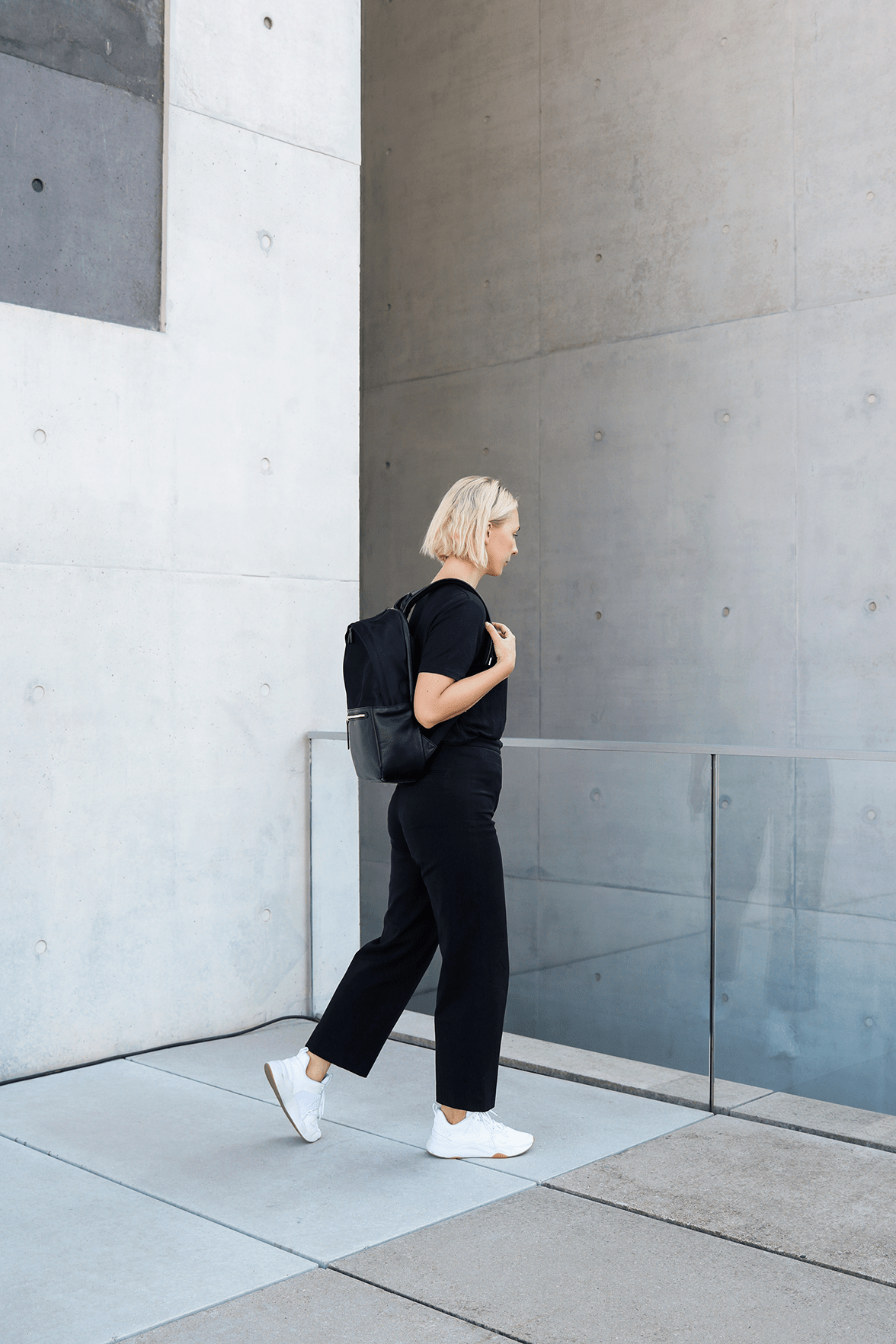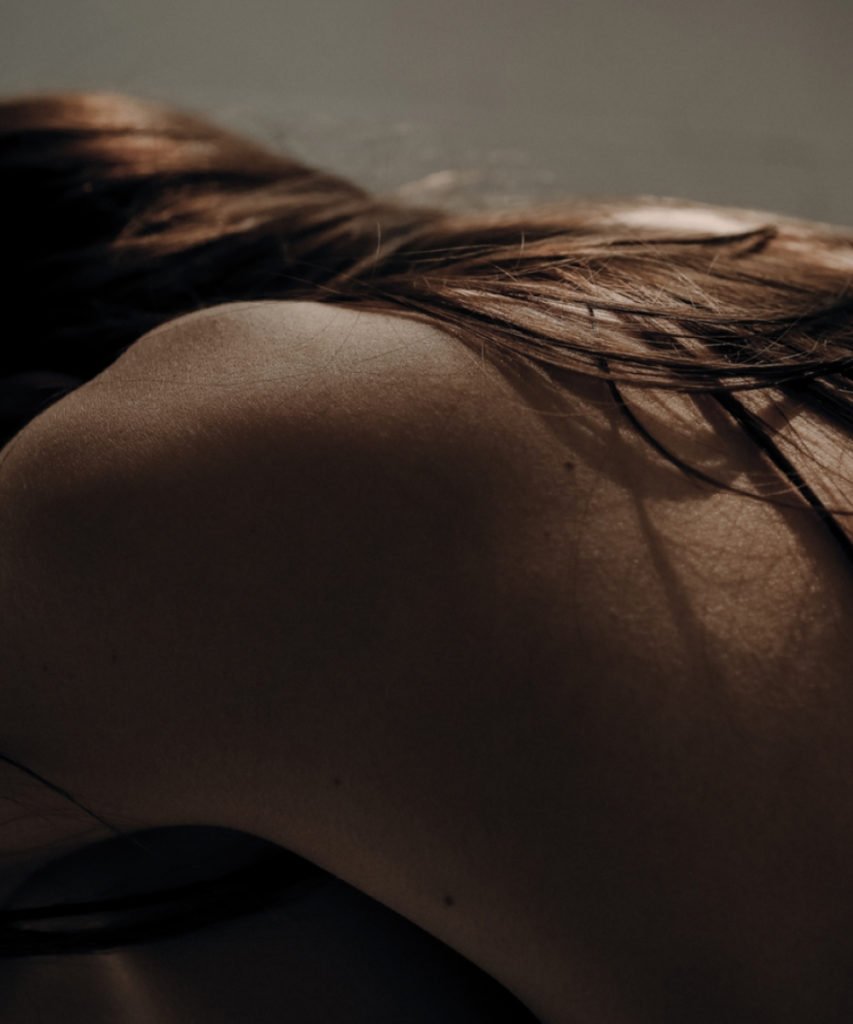
Many believe that back pain is an inevitable part of getting older. However, new research has revealed that back troubles might just be a side effect of our modern lifestyle. Anthropologists who have studied indigenous tribes all over the world note that they rarely complain of problems with their back, despite consistently performing arduous physical labor. Tribal women as old as 80 can be found gardening, gathering firewood, and weaving without sitting down for hours on end. Somehow, they avoid the back troubles that plague us in the west.
Palo Alto acupuncturist Esther Gokhale once struggled with back pain. The problem was so severe that she couldn’t sleep at night, and eventually resorted to surgery to fix a herniated disc. This solution worked for a while, but within a year, all her back-related problems came flooding back. “They wanted to do another back surgery. You don’t want to make a habit out of back surgery,” she says.

Lessons We Can Learn From Indigenous Populations
Mrs. Gokhale decided to look beyond western medicine. She devoted herself to studying the work of anthropologists like Noelle Perez-Christiaens, and even visited indigenous tribes in remote parts of Africa, Portugal, and Ecuador. After years of study, and careful analysis of the photographs that she took in the field, a simple truth emerged: People in the west are shaped like an “S”, when they should really be shaped like a “J”.
Western cultures that experience more back pain tend to round their spines into an “S” shape. When they stand, they stick out their stomach and curve their spine backwards. When a western person bends down, they fold from their upper waist and curve their backs outward. When someone from an indigenous or less developed area does the same, they bend from their hips, keeping their back straight. A straight back is key to avoiding wear and tear on spinal discs, and avoiding pain.
Observers of rural villagers in Africa describe them as leaning over and making their bodies “parallel” to the ground. When they stand their backs are flat, which means that the only body part that sticks out are the buttocks. Subsequently, their profile looks like a “J”. This is the shape that Mrs. Gokhale and other researchers believe we should strive to emulate.

Taking The Load Off Your Shoulders
Fixing your posture can help prevent chronic back pain, but in our modern society we face unique challenges. Unlike indigenous populations, we work at desks and sit in cars. Our bodies are also required to carry the weight of objects like laptops, book bags and purses. These items can apply more pressure to one side of the body than the other, which can negatively effect our long-term health. Over 80% of the US population will experience back pain at some point in their lives. Women in particular tend to suffer because they often feel pressured to prioritize style over comfort. Purses and bags made for women tend to emphasize fashionable colors and shapes rather than designs that prevent or alleviate back pain.
Early purses were never intended to hold as many objects as they do now. In the 20th century, as more and more women sought employment outside of the home, the size of the average purse grew. Bigger bags allowed working women to carry the papers, pens, folders, and eventually laptop computers that they needed to complete their office work and advance in their careers. However, the physical well being of the woman professional who carried the bags was never prioritized.

It’s important to understand the mechanics of how your current bag is probably failing you. Consider a common carry-all for the modern professional woman: the oversized handbag. If you stuff your keychain, phone, wallet, laptop, and a book inside before dangling it by a skinny chain strap on your left shoulder, you are probably in for a bad time. According to Healthline.com, the lopsided weight distribution means that your muscles and natural gait will be thrown off. The excess weight on your left shoulder blade can cause it to roll out of place, straining your back and neck. Over time, the problem can compound, leading to weaker muscles in your back and spine, and even thoracic outlet syndrome.
You can’t always undo what has already been done, so the best way to treat pain is to avoid it altogether. The reason that carrying a handbag can cause chronic pain is that are people often carrying too much weight, or the weight that they are carrying is imbalanced. You can avoid these issues by making a simple switch: opt for a backpack. The even weight distribution across your shoulders and back eliminates the awkward lopsidedness.

Preventing Pain With A Better Bag
Thanks to stylish and modern designs that meld fashion and function, it’s a lot better to be a woman walking with a backpack than one with a purse. Wearing a backpack can prevent you from experiencing shoulder pain after carrying a heavy bag, and more polished models from high end designers and independent start-ups will insure that your coworkers still view you as a professional woman.
The best way to prevent back pain is by improving your posture and avoiding bags or carry-alls that are overloaded or imbalanced. Though you can reduce chronic pain through stretching and other medical interventions, the best cure is always prevention.

One of the primary obstacles for professional women who hesitate to make the switch is the concern that backpacks don’t look appropriate on anyone after they graduate from college. However, there have been great leaps and bounds in the field of professional women’s backpacks. Fashion start-ups, as well as old-guard institutions like Prada, Gucci, and Louis Vuitton, have been crafting stylish and innovative bags that accommodate the needs of the modern professional woman. Those who choose to buy a professional backpack over an oversized purse won’t be alone: sales of women’s backpacks were up 28% in the past year, even though men’s backpack sales went down. In that same period, sales of women’s handbags made a drop.
“I found my right shoulder—my purse shoulder—started to look lower than the left in the mirror. I also felt some pain from my neck down my right side because of the pressure. So, I got a cute and professional backpack. The back pain went away,” says Lisa Gillespie, a reporter in Louisville.
